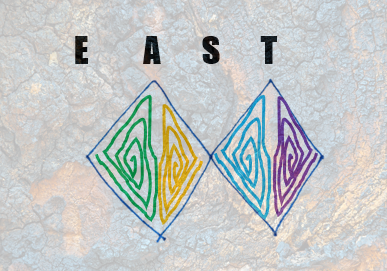2022-03-01
I have always been enamoured by Mandala drawings, but never thought it was my cup of tea to draw one. However, when a question came up in an online Design Thinking live session came up from a learner, I ended up drawing one, or I think it looks like one.
Design Thinking, as a skill, can be learnt by practicing the methodology on real world problems. I run an online course on Design Thinking on a Govt. of India platform called SWAYAM where close to 32,000 learners have learnt Design Thinking already.
What I have got in return (apart from lots of love 😍) is the variety of questions that have been asked by so many curious learners. This Ask the DT Doc series can be helpful to anyone – a beginner, intermediate or advanced learner of Design Thinking. (Also checkout https://dt.balaramadurai.net for the book on Design Thinking)
This post will cover the question “Is Design Thinking a 4-stage or a 5 stage process?”
Question
the design process that you have mentioned in the video is Empathize, Analyze, solve, test. Can you give us some more insights about different design processes followed all over the globe??
Source - https://groups.google.com/a/nptel.iitm.ac.in/g/noc19-mg60-discuss/c/EPS9C0PrsLg/m/-9jd7ntdEQAJ
My Response

From the book, Karmic Design Thinking:
Consider the four phases of Design Thinking to be:
Empathize
Analyze
Solve
Test
Use the acronym EAST to remember the phases.
In other Design Thinking models, an additional phase called Prototyping is included before the Test phase. In the EAST model, Prototyping is included in the Test phase.
So, what is this mandala like drawing represent? They are the double-diamond that professors in Stanford University d-school and people from IDEO had illustrated.
In the Empathize stage, you keep your eyes and ears open (divergent) to different problem statements, conditions, customers/users.
In the Analyze stage, you focus (convergent) on some of the problems that you want solved and analyze them till you get precisely defined problem statements.
In the Solve stage, you open your mind to various possibilities (divergent) and solutions.
In the Test stage, you start to converge on some consolidated concepts, since you may not have a lot of resources for prototyping.
The Design Thinking model as described in Stanford University is Empathize, Define, Ideate, Prototype and Test.

Source of this image is from the Stanford lecture notes
You can download the lecture notes from
Summary
In effect, the two methodologies - The Karmic Design Thinking and Stanford University d-school’s methodology point out that there are some stages (4 or 5) to be followed in order.
Please remember that:
- Double-diamond
- The mode of operation in each stage varies in intention
- 4 or 5 - identical
- EAST is easy to remember, however, the Stanford university DT model is more descriptive
Use a pen and paper and draw a similar Mandala like drawing, I can assure you, it’s fun!






